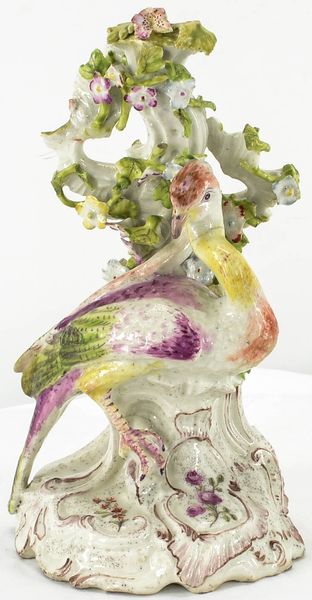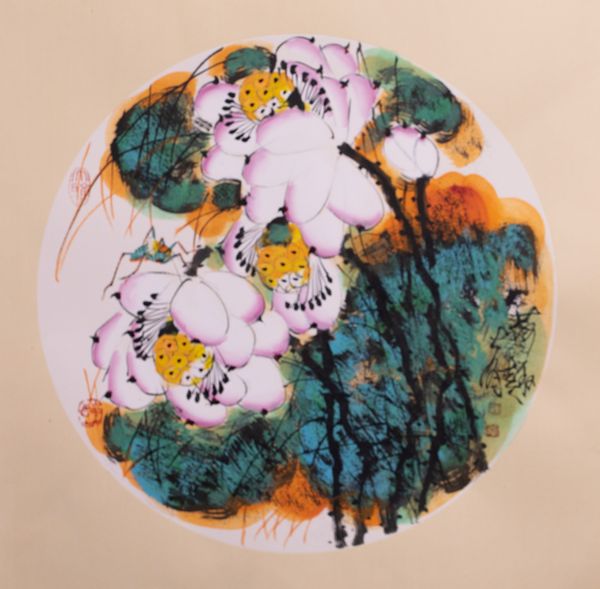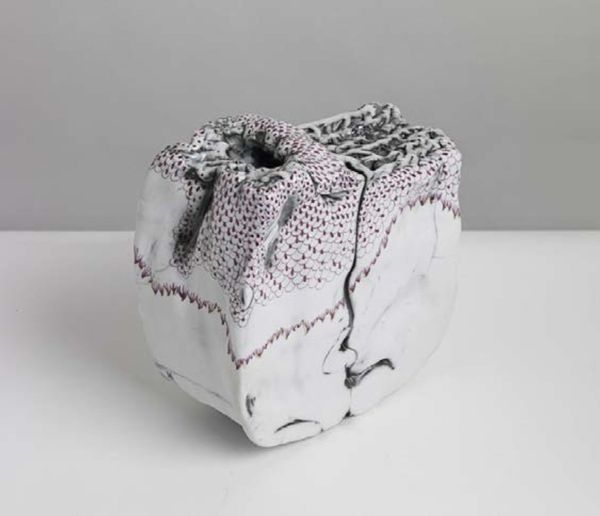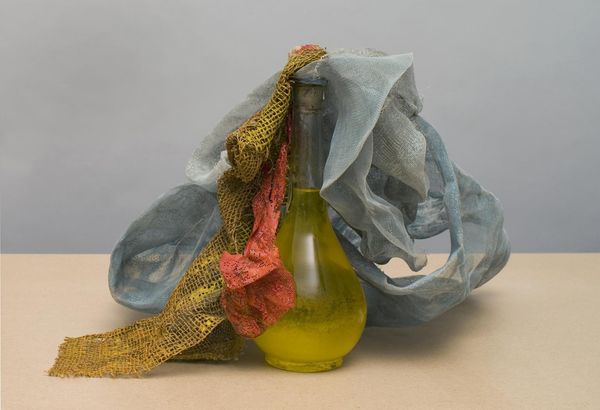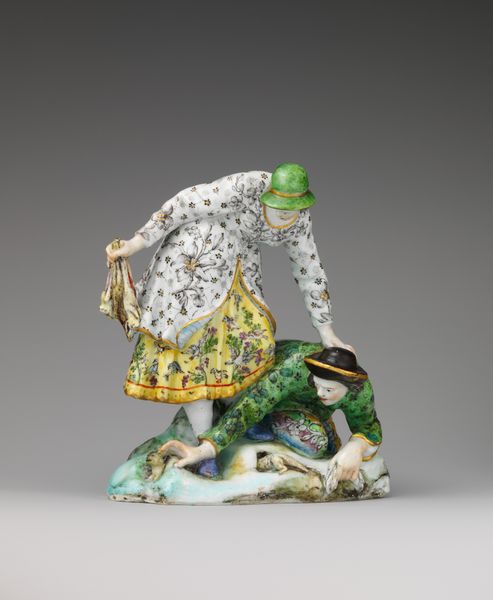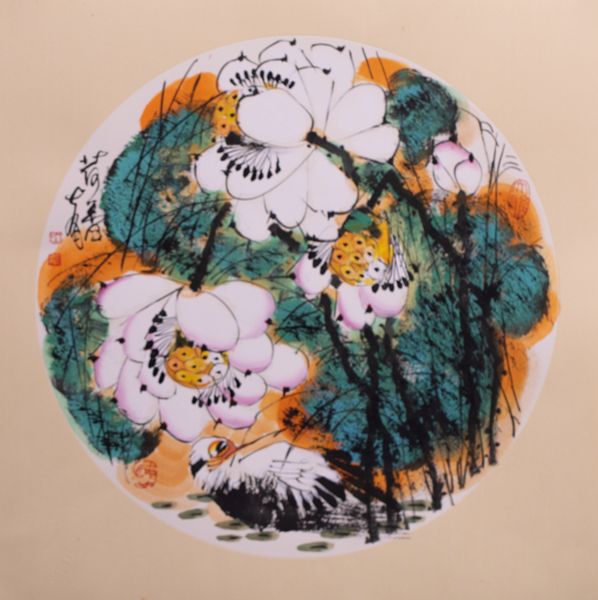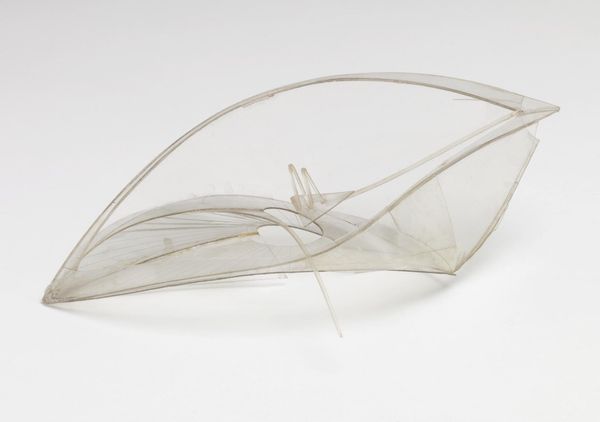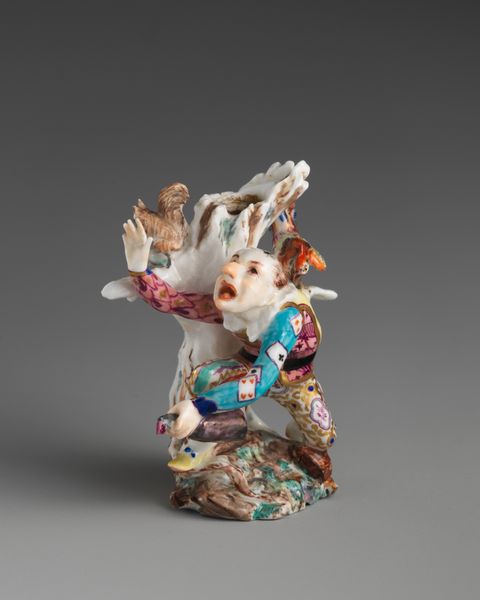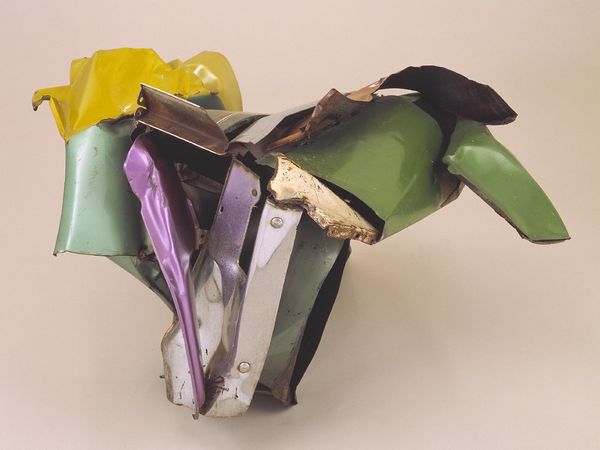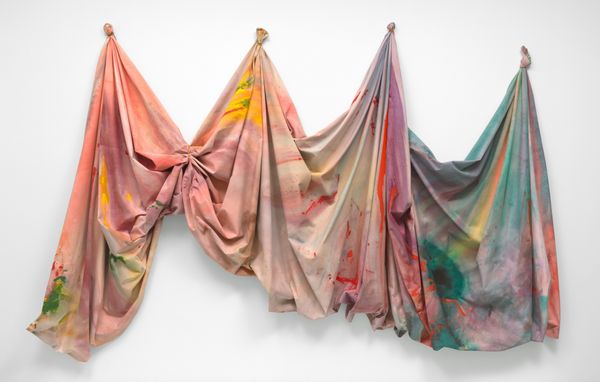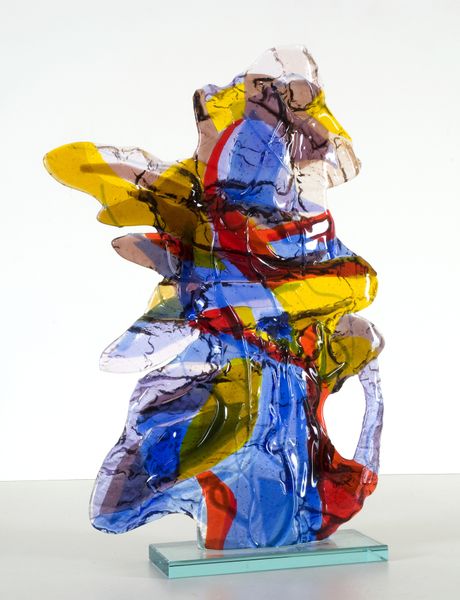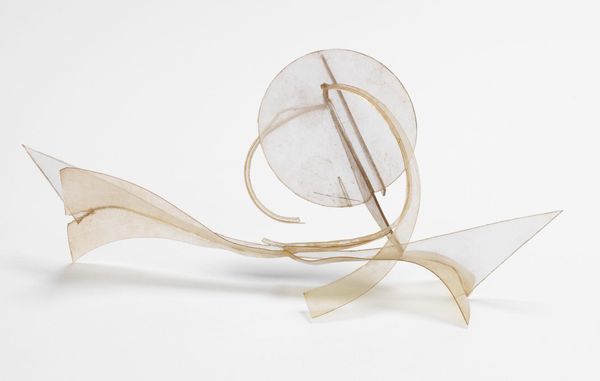
ceramic, porcelain, sculpture
#
ceramic
#
porcelain
#
sculpture
#
decorative-art
#
erotic-art
#
rococo
Dimensions: 22.5 × 36.8 × 22.9 cm (8 7/8 × 14 1/2 × 9 in.)
Copyright: Public Domain
Editor: Right, so next up is the “Tureen in the form of a Rabbit” made between 1755 and 1756 by the Chelsea Factory. It's ceramic and porcelain, so technically a sculpture, and it lives here at the Art Institute of Chicago. It’s so incredibly detailed; I am curious about the thought process behind immortalizing such a creature as fine china. What stands out to you? Curator: Rabbits, since ancient times, have been symbolically tied to themes of fertility, abundance, and even vulnerability. In the Rococo period, objects d'art took on playful and sometimes subtly erotic forms. Considering this tureen, could it be that the rabbit, rendered in such delicate porcelain, is not merely decorative, but a witty commentary on aristocratic life, its desires, and its vanities? What details do you see that supports that claim? Editor: I notice the leaves seem so purposefully placed to highlight and draw your eye in, specifically a blue leaf. Also, now that you say that, it appears like the rabbit is eating from those same leaves. So abundance would be the theme then. Curator: Exactly! Think of the tureen's function: to contain food, to nourish. Now imagine this rabbit gracing a wealthy dining table, surrounded by conversation, perhaps flirtation. The erotic undertones, veiled by the innocence of the animal form, would contribute to the overall atmosphere of the Rococo salon, wouldn't they? In some depictions, the rabbit embodies lust, its constant state of reproduction used as a reminder to pursue earthly pleasures. Editor: So it's like this innocent facade hiding these deeper, more primal meanings. So what do you call art that has many levels of depth to its storytelling and what can people learn from it? Curator: In a work like this, allegorical art teaches the modern viewer about how the ruling class and art patrons communicated to each other with visual puns or signs that reflected values considered important. The rabbit serves as both object of amusement and vessel of meaning, revealing the intricate dance between appearances and underlying intentions that defined an era. It encourages us to see art as more than mere aesthetics, but as vessels of social commentary, reflections of humanity’s desires, fears, and complex negotiations with morality. Editor: I’ll definitely look at decorative art differently from now on. It has so much more going on than I initially thought.
Comments
No comments
Be the first to comment and join the conversation on the ultimate creative platform.

